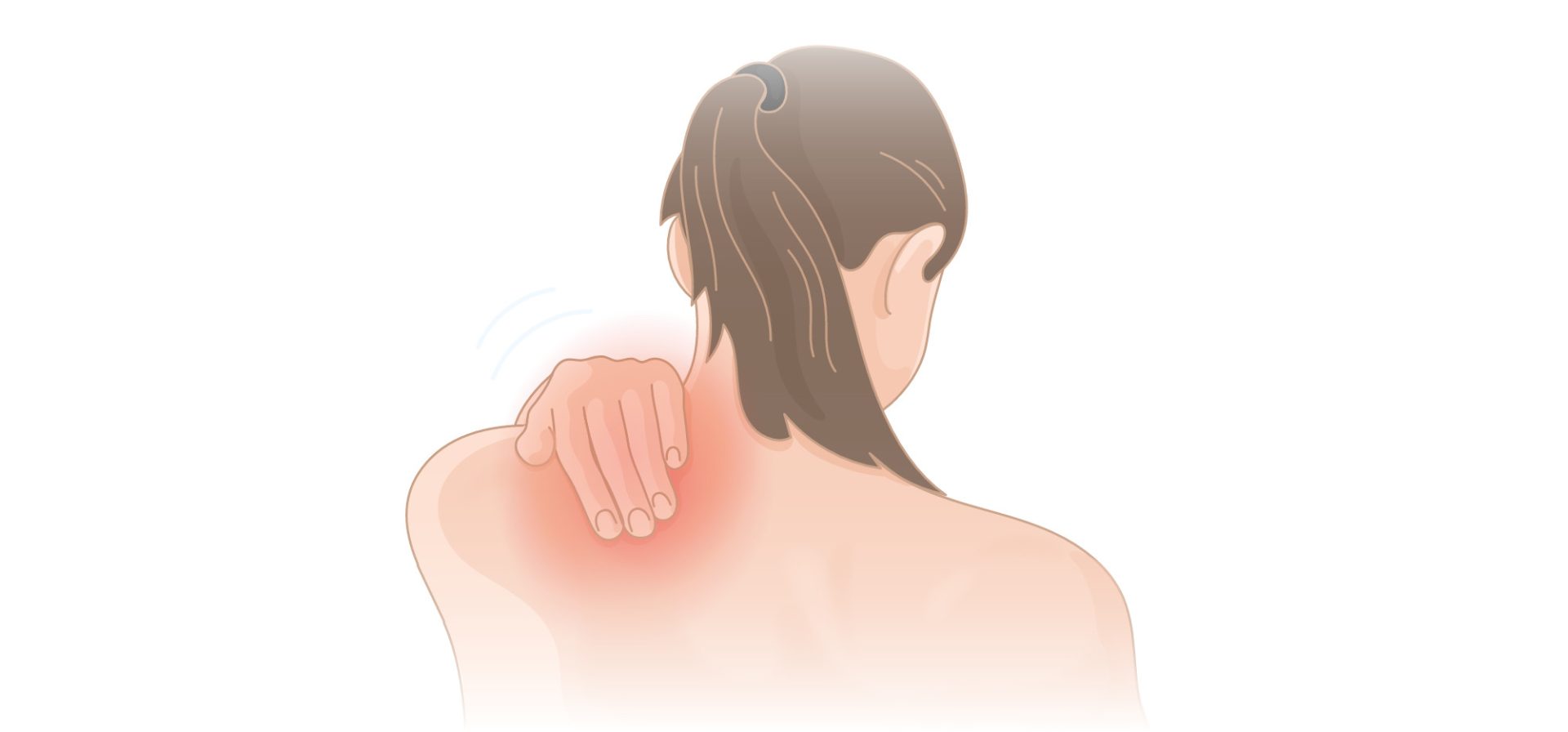Thoracic Myofascial/Postural Pain originates in the muscles and soft tissues of the thoracic spine. This type of pain is often caused by poor posture, repetitive movements, or injury. Symptoms may include pain in the upper or mid-back, muscle tension, and reduced flexibility.
To treat thoracic myofascial/postural pain, physiotherapy is typically the primary treatment option. Physiotherapy can help to reduce muscle tension and improve flexibility, strength, and posture.
Applying the 5 stages of rehabilitation to thoracic myofascial/postural pain:
Pain Management: Pain and symptoms may be reduced through manual therapy and massage, hot or cold therapy, stretching and gentle muscle activation exercises. In more severe cases, over-the-counter pain medications may be required to help settle symptoms.
Range of Motion: Improving mobility through the thoracic spine and surrounding regions can help reduce the strain on the muscles and tissues. Gentle stretching exercises can help to improve range of motion.
Motor Control: This stage focuses on teaching proper movement patterns to reduce the likelihood of further injury. This may involve exercises to improve posture and balance.
Strength Training: Building strength in the muscles and tissues surrounding the thoracic spine can help to support the area and reduce the risk of future injury.
Maintenance: To prevent the return of symptoms, it is important to continue with a program of stretching and strength training. Regular monitoring by a physiotherapist can help ensure that progress is maintained.
In addition to physiotherapy, self-management strategies can be helpful for managing thoracic myofascial/postural pain. These may include:
Stretching exercises: Gentle stretching can help to improve flexibility and reduce muscle tension in the thoracic spine.
Postural Correction: Paying attention to posture and the use of postural aids, such as a back support pillow, can help reduce strain on the thoracic muscles and tissues.
Hot and Cold Therapy: Applying heat or cold to the affected area can help to reduce pain and muscle tension.
Mindfulness and Stress Reduction: Stress can exacerbate pain, so incorporating mindfulness and stress-reduction techniques, such as deep breathing and meditation, can be beneficial.
For more general information regarding back pain, including thoracic myofascial pain please see: https://www.healthdirect.gov.au/back-pain and for more information regarding posture please see: https://www.betterhealth.vic.gov.au/health/conditionsandtreatments/posture


